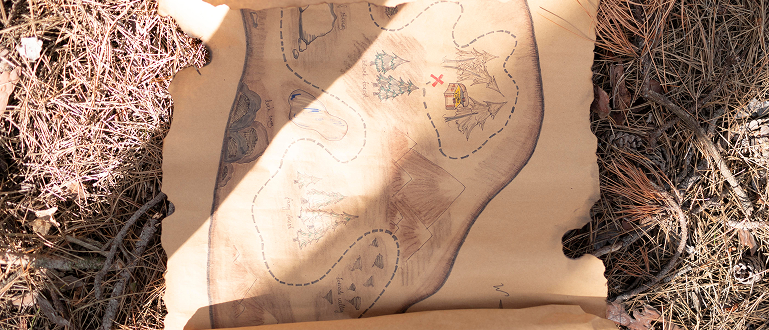
The Fun Side of Maps: Treasure Hunts and Beyond
When most people think of maps, they picture something practical—navigating cities, tracking routes, or studying geography. But maps have an adventurous side too. For centuries, they’ve stirred imaginations, led explorers to hidden places, and sparked the thrill of the hunt. From pirate treasure maps to modern geocaching, maps have played a central role in some of the most exciting games and stories ever told.
The Original Adventure Tool
Long before GPS apps and digital guides, hand-drawn maps were a portal to adventure. Pirates and explorers used rough sketches to mark the location of buried gold, lost islands, or secret paths. Stories like Robert Louis Stevenson’s Treasure Island captivated readers with mysterious X’s marking the spot—fueling both literary classics and real-world adventures.
Many believe that these fictional maps inspired real expeditions. Even today, old legends and treasure lore continue to inspire adventurers to follow maps in search of shipwrecks, forgotten mines, or ancient relics. The allure lies as much in the journey as the destination.
Modern-Day Treasure Hunting: Geocaching
Fast forward to today, and the excitement of treasure hunting has gone digital. Geocaching is a global outdoor activity that turns the entire world into a massive treasure map. Participants use GPS technology to hide and seek small containers—known as caches—based on coordinates shared online. Hidden in parks, forests, or even busy urban areas, these caches provide a modern, tech-powered twist on traditional treasure hunting.
What makes geocaching so appealing is its blend of adventure, exploration, and community. It encourages people to explore places they would never normally visit, all guided by digital maps on their smartphones. It’s a great example of how navigating with maps can be both educational and thrilling.
Maps in Games and Pop Culture
The fun side of maps extends far beyond the outdoors. In board games like Clue or Risk, maps form the foundation of strategy and storytelling. Video games often use interactive maps to guide players through fantasy worlds, secret missions, and quest-based adventures.
Even amusement parks rely on playful maps to enhance the visitor experience, turning a simple day out into a themed journey. Whether you’re navigating Hogwarts or Jurassic Park, knowing your way around adds to the excitement.
Maps Encourage Exploration and Creativity
Interestingly, creating your own map can be just as fun as following one. Kids often draw treasure maps as part of imaginative play, plotting out secret caves, cursed forests, and mountains of gold. As a teaching tool, map-making helps children build basic geographic understanding while also sparking creativity.
There’s also a growing trend of “adventure races” and “urban orienteering” events, where participants use custom or themed maps to solve clues, locate checkpoints, or complete challenges. These events combine physical activity, problem-solving, and teamwork—proving once again that a map can be the key to fun and discovery.
Beyond Entertainment: Skill-Building Benefits
While treasure hunts and adventure games are fun, they also offer real-life skills. Using and reading maps, whether physical or digital, improves spatial awareness, critical thinking, and navigation skills. It also encourages curiosity and a sense of direction—traits that are increasingly valuable in a technology-driven world.
Conclusion
Maps aren’t just serious tools for navigation—they’re also invitations to explore, create, and play. Whether you’re chasing down a hidden geocache, solving a puzzle in a board game, or dreaming up a pirate’s treasure map of your own, maps continue to fuel imagination and adventure. So the next time you unfold a map—physical or digital—remember, it might just lead you somewhere unexpected and fun.
